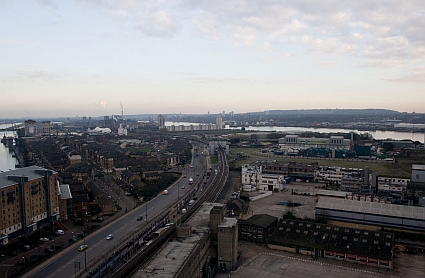The Regeneration of East London

As one of the world's most energetic urban areas, London's inborn dynamism implies that the city is in a just about persistent condition of progress. As per the Office for National Statistics, the number of inhabitants in the British capital has become by more than 12 every penny in only ten years. This increment in populace has likewise implied an ascent in social differing qualities and in the creation or change of new regions in the city. With regards to change, few London ranges have experienced changes that are as critical as those that East London has encountered. In this article we look quickly at the historical backdrop of East London and after that analyze how the late recovery extends that have occurred in the zone have influenced its economy and its tenants.
A concise take a gander at the historical backdrop of East London
The historical backdrop of East London is inescapably connected to London's port and its docks, as they were for a few centuries an exchanging center. East London encountered a remarkable development amid the nineteenth century, when the track came to Stratford and connected it with the docks, Custom House, and Woolwich.
The track base was harmed amid the Second World War, and despite the fact that they were once piece of the world's biggest port, the London docks encountered a sharp decrease in action between the 1960s and the 1980s. The conclusion of the docks extremely influenced the financial and social make-up of East London, and what had already been a flourishing region got to be hit with unemployment, destitution, racial strain, and wrongdoing. The populace went from very nearly 600,000 at the turn of the twentieth century to scarcely 140,000 in 1981.
By Richard Sofeso
No comments:
Post a Comment